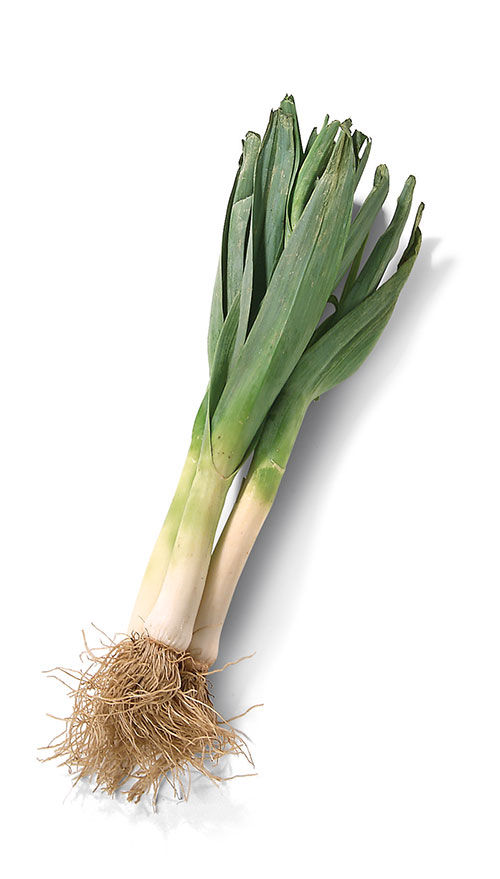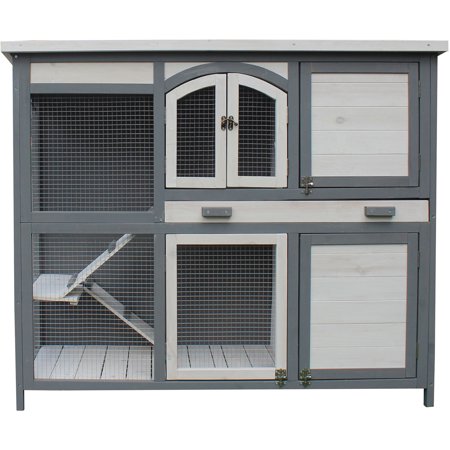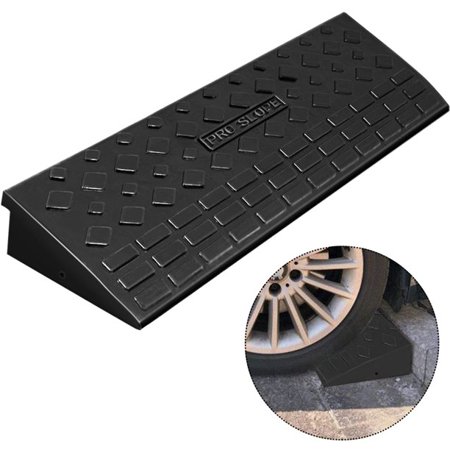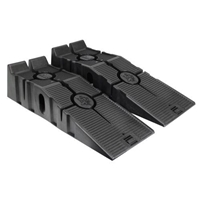SALADS
SIDE DISHES
MAIN DISHES
Ramps
Ramps, also known as wild leeks, are a seasonal delicacy found primarily in the eastern North American deciduous forests. They are characterized by their tender, leafy green tops and pungent, flavorful bulbs, similar in taste to a combination of onion and garlic. Ramps are a popular foraged food, typically appearing in the market from April to June.
Highly regarded among home cooks and chefs, ramps can be incorporated into various dishes, either raw or cooked. They can be used to enhance salads, pasta, eggs, and risottos or be pickled or grilled as a side dish. Additionally, ramps contain vitamins A and C, and they are rich in minerals, making them a nutritiously beneficial addition to one's meal plan.
78%
CARBS
2%
FAT
20%
PROTEIN
13 Ramps Products
Wild Leeks
Cute Animals Folivora Sloth Clear Transparent Plastic Phone Case Phone Cover For Iphone 6 6S_ Supertrampshop (Iphone 6)
Hanover Outdoor Wooden 2-Story Rabbit Hutch with 2 Ramps, Wire Mesh Run and Removable Tray 4 Ft. W x 1.6 Ft. D x 3.4 Ft. H
VEVOR Curb Ramp 3.7" Height, 5 Ton Sidewalk Curb Ramp, 10" Width Driveway Ramps for The Curb, Heavy Duty Rubber Curb Ramp, for Forklifts, Trucks, Buses
Rhinogear 11909 Rhinoramps Vehicle Ramps (Pair, 12,000Lb. GVW Capacity)
Cute Animals Folivora Sloth Clear Transparent Plastic Phone Case Phone Cover For Iphone 7/8_ Supertrampshop (Iphone 7/8)
Used In 1 Recipe
Ramps Are Frequently Used With
Ramps FAQ
Ramps, also known as wild leeks, are a cherished addition to culinary recipes for their unique flavor and short seasonal availability. However, people often face challenges while incorporating them into their dishes mainly due to their strong taste and unfamiliarity with how to prepare and cook them.
One common mistake is using the whole ramp - both the leaf and the bulb - in recipes that call for a milder flavor, as this can potentially overpower the dish. Instead, segregating the bulb and leaves will help one adjust the flavor according to the specific recipe. The bulb has a strong flavor, so it's best used sparingly or in dishes that can stand up to its potent taste, while the leaves are milder and more versatile.
Another mistake is not washing ramps thoroughly before cooking, as they often contain grit and dirt.
To get maximum flavor out of ramps, don’t overcook them; overcooking can make them lose their unique flavor and texture. You can simply grill or sauté them until they're wilted and tender, or blend them raw into a pesto.
A lesser-known trick is that you can pickle ramp bulbs, which can then be used in salads, sandwiches, and other dishes for adding a burst of flavor.
Remember, sustainability is key when it comes to ramps. Due to their increasing popularity and the slow growth rate, it's recommended to harvest them responsibly so they continue to be a part of our culinary landscape.
Can I use ramp leaves and bulbs interchangeably in recipes?
Do I need to wash ramps before cooking?
How to avoid overpowering of ramp flavor in my dishes?
What are some simple dishes where I can use ramps?
Can I substitute ramps for garlic or onions in a recipe?
How should I handle ramps for sustainability?
Can I use ramps raw?
Can I pickle ramps?
Do ramps have any nutritional benefits?
Can I freeze ramps for later use?
Expiration & Storage Tips
When does ramps expire?
Ramps are a type of fresh produce, so they won’t last forever. In general, ramps kept in the refrigerator will last 7 to 14 days. Their shelf life in the fridge can stretch up to a month if they're stored properly. When frozen, ramps can keep for up to 6 months. It's best to use frozen ramps within a month or so, for the best taste and texture.
How do you tell if ramps is bad?
One way to know if ramps have gone bad is by their scent. Fresh ramps have a strong, pleasant aroma that's a cross between onions and garlic. If they've started to go bad, the smell will be off and unappealing. Additionally, check for physical signs - fresh ramps should be firm with vibrant green leaves. If the leaves are wilted, slimy, or discolored, those ramps are past their prime and it's best to throw them away. Also, if there are signs of mold, discard the ramps immediately.
Tips for storing ramps to extend shelf life
• Store ramps unwashed in the refrigerator. The excess moisture can make them spoil faster.
• Wrap the bulbs and stems of ramps in a slightly damp paper towel and place them in a zip-top bag before storing them in the crisper drawer of the fridge.
• If you buy ramp bulbs with the roots attached, then place the roots in a jar filled with water, cover them loosely with a plastic bag, and place them in the refrigerator.
• To freeze ramps, blanch them first in boiling water for 2-3 minutes, then immediately plunge them into ice water to stop the cooking process. Pat them dry before storing in a zip-top bag, where they can be kept for up to 6 months.
• You can preserve them through pickling. The pickling process can extend their shelf life up to a year or more.
• Another way to preserve ramps is to make them into pesto and freeze the pesto for year-round use in pasta, sandwiches, soups, and more. The pesto can last up to a year in the freezer.
EXPIRES WITHIN
8 - 15
DAYS
Substitutes
Health Info
Macros
3g
CARBS
0g
FAT
0g
PROTEIN
Allowed on these diets
LOW FAT
HIGH CALCIUM
VEGETARIAN
KETO
PALEO
WHOLE 30
MEDITERRANEAN
LOW CARB
VEGAN
LACTOSE FREE
GLUTEN FREE

























